By
Elaine Galloway and ORNC ‘Lives of Pensioners’ Research Volunteers
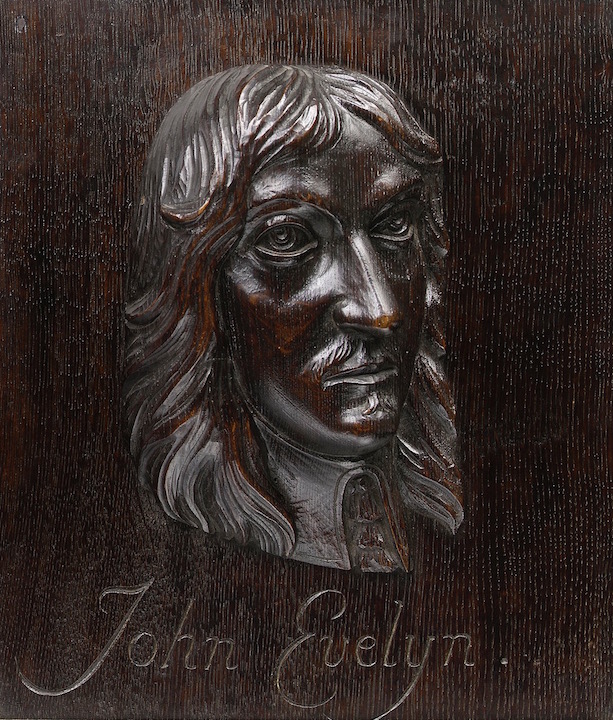
Local resident John Evelyn was born 400 years ago on 31st October, 1620. His diary is less celebrated, and very much less racy, than that of his good friend Samuel Pepys. However, Evelyn’s does have the advantage that it covers the whole of his long life. Towards the end of that life the scheme to provide a refuge for sailors, which became the Royal Hospital for Seamen at Greenwich, finally got underway. Previously Evelyn had been a commissioner on the Navy’s Sick and Hurt Board, and he had been closely involved in the foundation of Chelsea Hospital. As a young man on his travels in Europe, and on subsequent jaunts to visit friends in England, he took a particular interest in hospitals and schools for orphans, as this diary entry from the Hague reveals.
19thAugust 1641. None did I so much admire as, an hospital, for their lame and decrepit soldiers and seamen, where the accommodations are very great, the building answerable; and, indeed, for the like public charities the provisions are admirable in this country, where, as no idle vagabonds are suffered (as in England they are), there is hardly a child of four or five years old, but they find some employment for it.2
In February 1695 Evelyn, at the age of 74, accepted the post of treasurer of Greenwich Hospital.
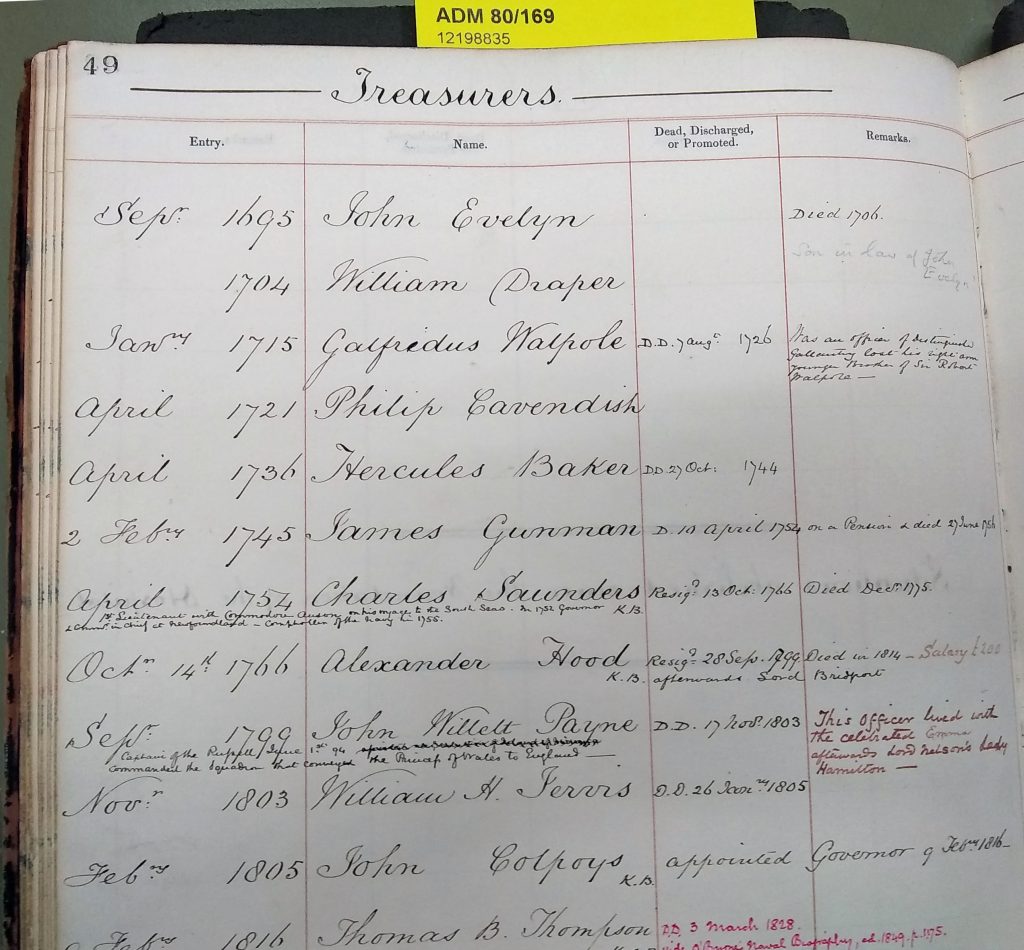
As the following (slightly abridged) excerpt from Evelyn’s diary shows, this was during a hard winter with a smallpox epidemic raging.
29thDecember, 1694. The smallpox increased exceedingly, and was very mortal. The Queen died of it on the 28th.
13thJanuary 1694-95. The Thames was frozen over. The deaths by smallpox increased to five hundred more than in the preceding week.
20thJanuary, 1695. The frost and continued snow have now lasted five weeks.
3rdFebruary, 1695. The long frost intermitted, but not gone.
17th February, 1695. Called to London by Lord Godolphin, one of the Lords of the Treasury, offering me the treasurership of the hospital designed to be built at Greenwich for worn-out seamen.
24th February, 1695. I saw the Queen lie in state.
5th March, 1695. I went to see the ceremony. Never was so universal a mourning; all the Parliament men had cloaks given them, and four hundred poor women; all the streets hung and the middle of the street boarded and covered with black cloth. There were all the nobility, mayor, aldermen, judges, etc.
March,1695. The latter end of the month sharp and severely cold, with much snow and hard frost; no appearance of spring.
Spring eventually came and Evelyn attended the first meeting of the Commissioners. His diary identifies some of those present.
5th May, 1695. I came to Deptford from Wotton, in order to the first meeting of the Commissioners for endowing an hospital for seamen at Greenwich; it was at the Guildhall, London. Present, the Archbishop of Canterbury, Lord Keeper, Lord Privy Seal, Lord Godolphin, Duke of Shrewsbury, Duke of Leeds, Earls of Dorset and Monmouth, Commissioners of the Admiralty and Navy, Sir Robert Clayton, Sir Christopher Wren, and several more.
The names of the first five can be seen, in letters of gold, on the benefactors’ boards in the vestibule of the Painted Hall (Lord Keeper was Lord Somers and Lord Privy Seal was the Earl of Pembroke) and there were probably others. And of course John Evelyn Esq. himself is there, donating £1000, in a prominent position immediately below Queen Anne. At the bottom of that same board his name appears again, this time as Mr Evelyn, with a donation of £2000. Is this the same man? Or his grandson, who was also John Evelyn, described thus in 1696?
23rdApril, 1696. I went to Eton, and dined with Dr. Godolphin, the provost. The schoolmaster assured me there had not been for twenty years a more pregnant youth in that place than my grandson.
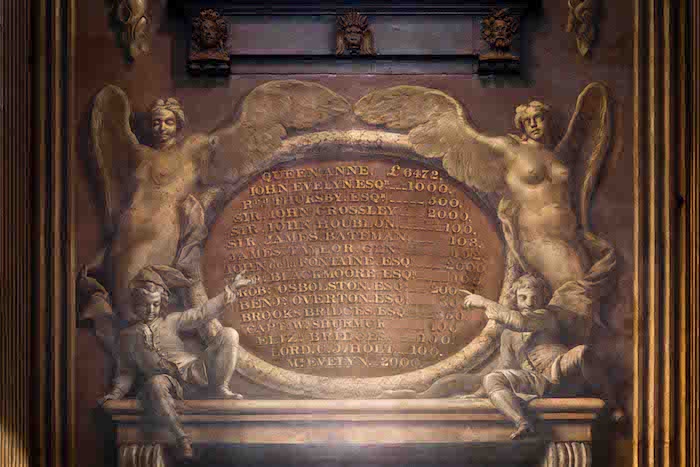
Evelyn continued to attend meetings during May 1695, although some achieved nothing for want of a quorum.The required quorum was just three commissioners.4 He was also part of the subcommittee who went to survey the ground.
14th May, 1695. Met at Guildhall, but could do nothing for want of a quorum.
17th May, 1695. Second meeting of the Commissioners, and a committee appointed to go to Greenwich to survey the place, I being one of them.
21st May, 1695. We went to survey Greenwich, Sir Robert Clayton, Sir Christopher Wren, Mr. Travers, the King’s Surveyor, Captain Sanders, and myself.
24th May, 1695. We made report of the state of Greenwich house, and how the standing part might be made serviceable at present for £6,000, and what ground would be requisite for the whole design. My Lord Keeper ordered me to prepare a book for subscriptions, and a preamble to it.
That subscription book, with its very faded list of amounts and signatures, “I subscribe £500. Pembroke” etc. can be consulted in the National Archives at Kew.5
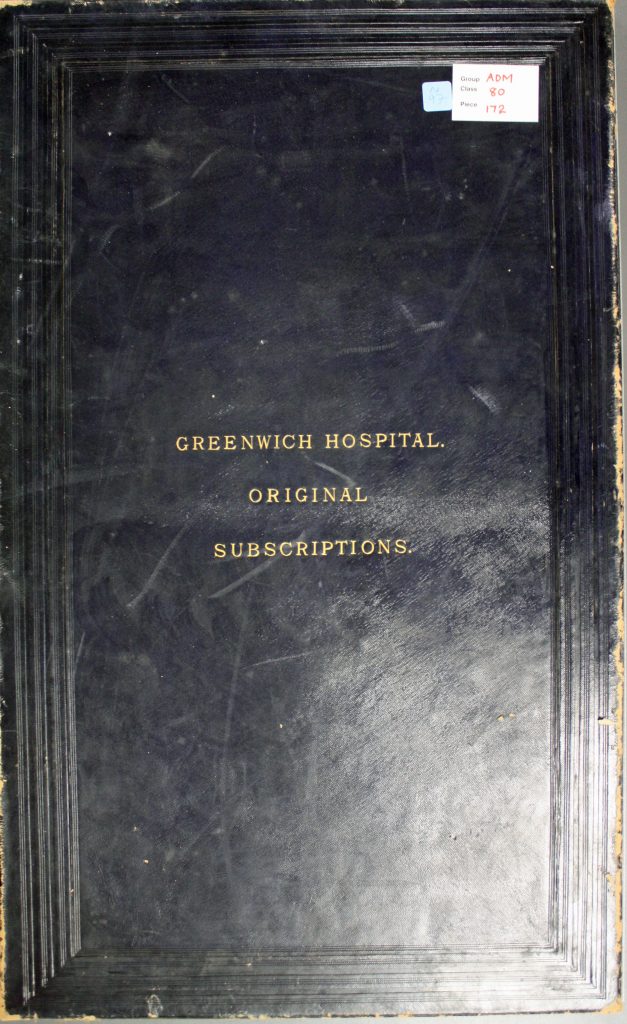
The number of subscribers was impressively large, but in most cases the actual money was slow in appearing.
5th July, 1695. At Guildhall; account of subscriptions, about £7,000 or £8,000.
11th July, 1695. Met at Guildhall; not a full committee, so nothing done.
By the following year some progress had been made.
4th June, 1696. A committee met at Whitehall about Greenwich Hospital, at Sir Christopher Wren’s, his Majesty’s Surveyor-General. We made the first agreement with divers workmen and for materials; and gave the first order for proceeding on the foundation, and for weekly payments to the workmen, and a general account to be monthly.
30thJune, 1696. I went with a select committee of the Commissioners for Greenwich Hospital, and with Sir Christopher Wren, where with him I laid the first stone of the intended foundation, precisely at five o’ clock in the evening, after we had dined together. Mr. Flamstead, the King’s Astronomical Professor, observing the punctual time by instruments.
Did the foundation stone have an inscription? What a wonderful discovery that would be.
Money trickled in over the next few years.
4th July, 1696. Note that my Lord Godolphin was the first of the subscribers who paid any money to this noble fabric.
Evelyn continued to chase the subscribers but he complained in a letter to Godolphin on 3rd August that they “avoid me, as one Carrying the Pest about me”.6
Evelyn’s salary as treasurer was £200 a year (approximately £20,000 today) but he said it was a long time before he saw any of it. To add to his woes his beloved Sayes Court had been cruelly knocked about by Peter the Great, who took up residence to learn the art of shipbuilding in Deptford Royal Dockyard next door. Evelyn was particularly dismayed by the state of his 400 yard holly hedge, through which the Czar and his party had pushed each other on wheelbarrows.
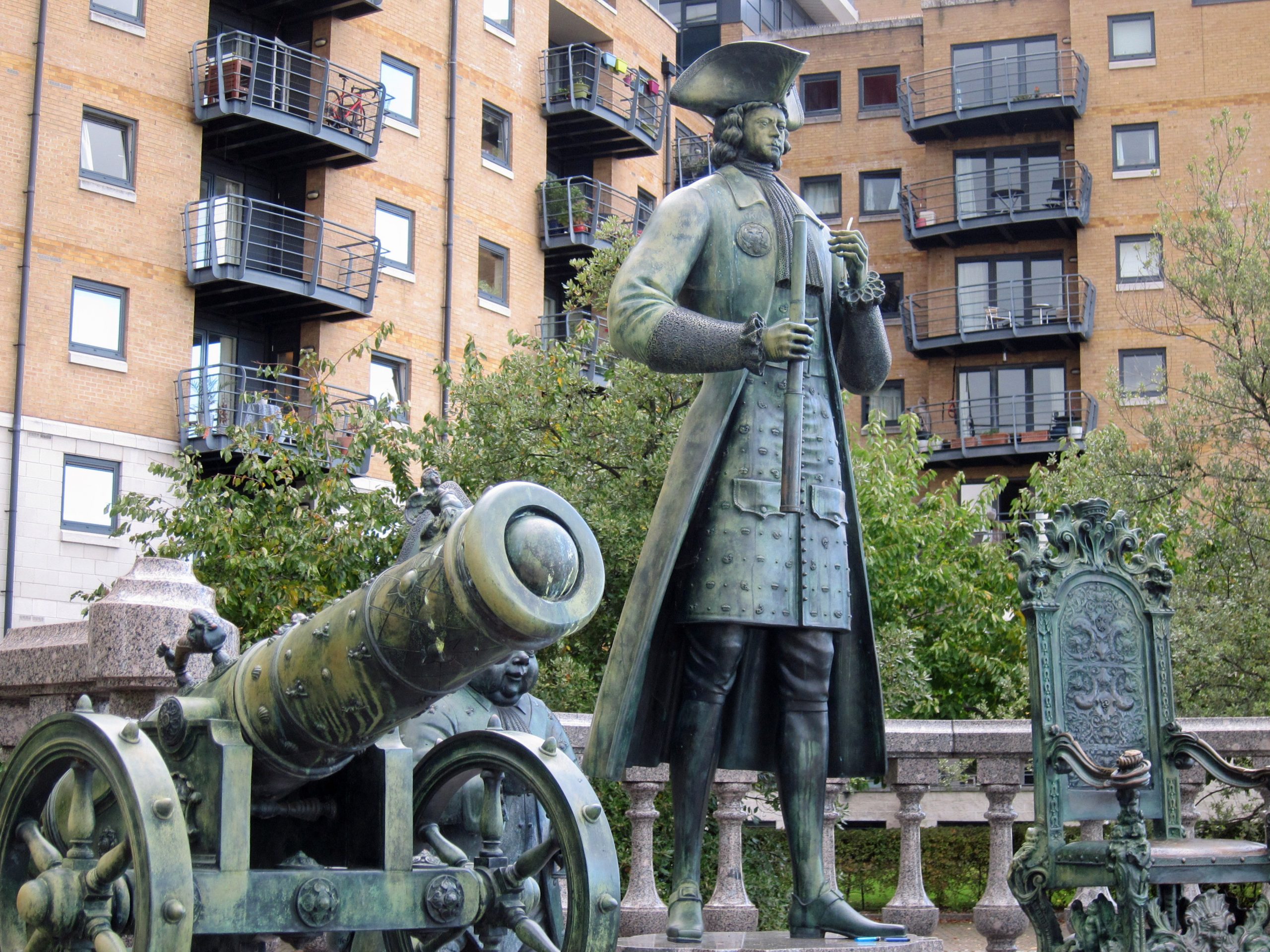
9th June, 1698. To Deptford, to see how miserably the Czar had left my house, after three months making it his Court. I got Sir Christopher Wren, the King’s surveyor, and Mr. London, his gardener, to go and estimate the repairs, for which they allowed £150 in their report to the Lords of the Treasury. I then went to see the foundation of the Hall and Chapel at Greenwich Hospital.
As recorded in Admiralty records7Evelyn faithfully attended meetings of both the Grand and Fabric Committees of Greenwich Hospital over the following years although many were adjourned inquorate. “Only C. Wren and Mr Evelyn came”. When Queen Anne came to the throne in 1702 Evelyn and his fellow commissioners began to get the Hospital’s finances into a somewhat healthier state. In 1703 at the age of 82 Evelyn handed over the account books to his son-in-law William Draper.
12th August, 1703. The new Commission for Greenwich hospital was sealed and opened, at which my son-in-law, Draper, was present, to whom I resigned my office of Treasurer. From August 1696, there had been expended in building £89,364 14s. 8¼d. (More than £9.5 million today, give or take the odd farthing.)
Evelyn lived long enough to see the first pensioners admitted. By the summer of 1705 there were 81 inmates. June, 1705. I went to Greenwich hospital, where they now began to take in wounded and worn-out seamen, who are exceedingly well provided for. The buildings now going on are very magnificent.
John Evelyn died the following year on 27thFebruary at his ancestral country house in Wotton, Surrey, where he is buried.
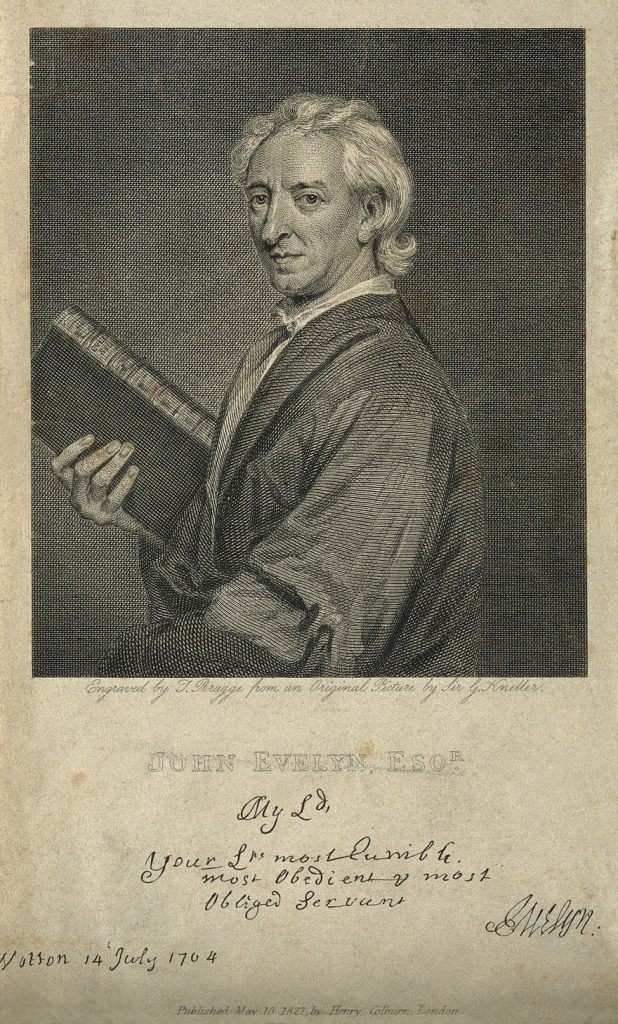
Notes
1. https://collections.rmg.co.uk/collections/objects/63958.html
2. This and all following excerpts from Evelyn’s diary are from Project Gutenberg’s The Diary of John Evelyn (Vols 1 and 2), by John Evelyn.
3. National Archives ADM 80/169
4. ADM 67/1 GH Minutes Grand Committee
5. ADM 80/172
6. British Library Add MS 78299
7. ADM 67/1 and 6
Further Reading
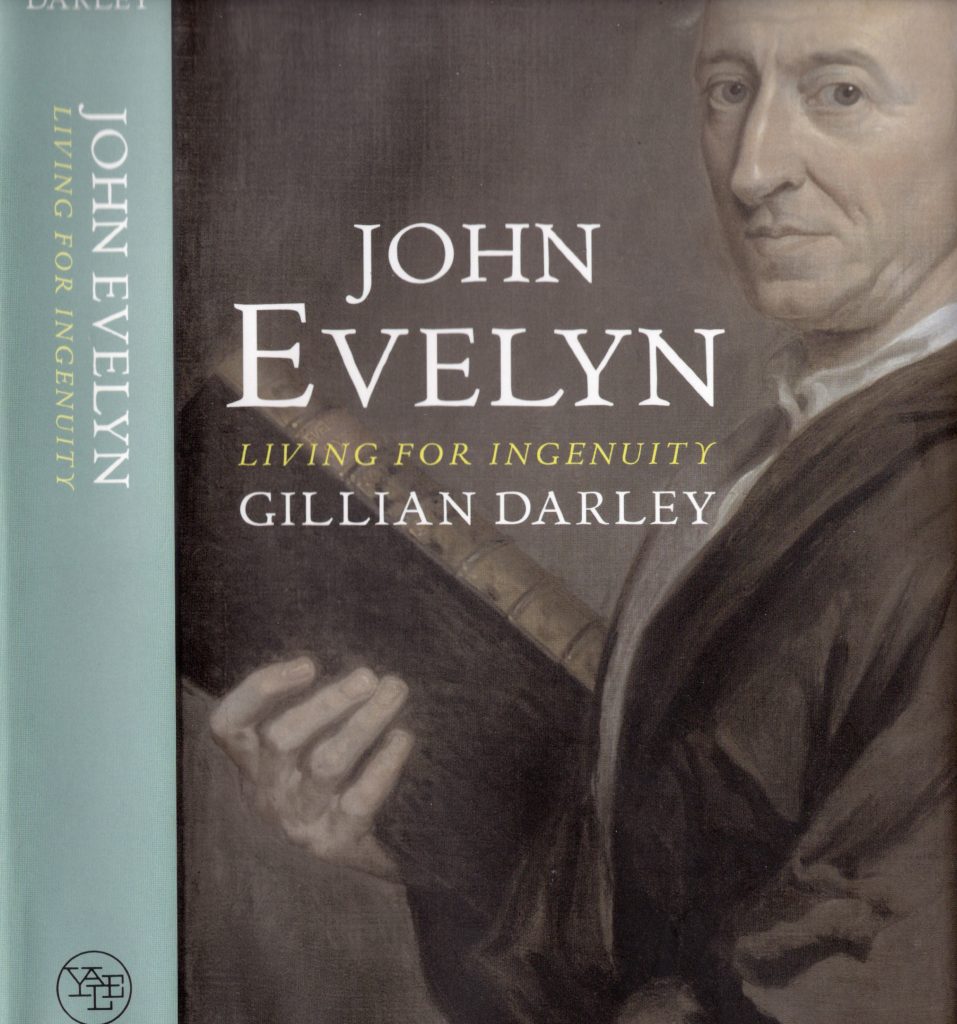
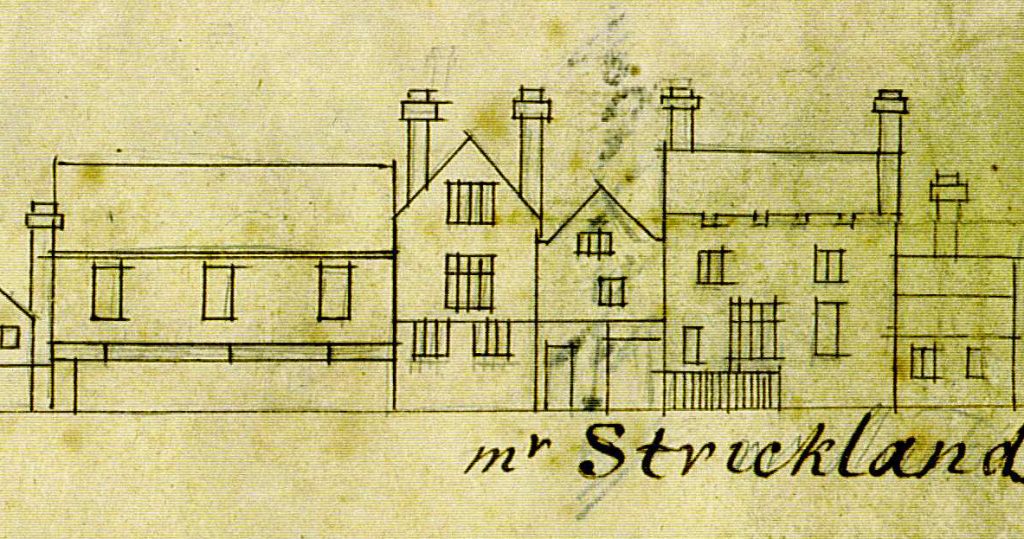
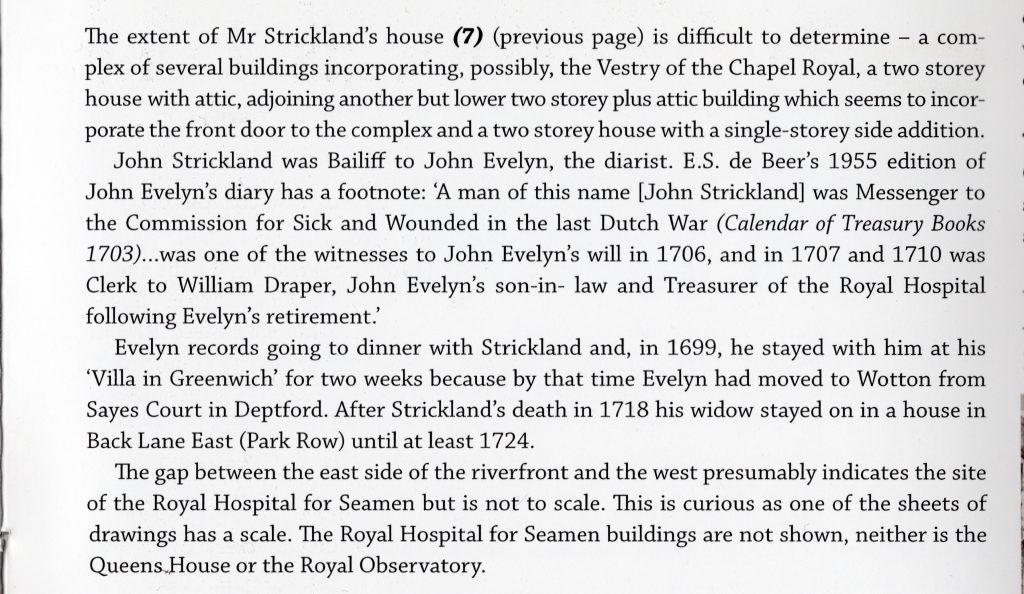
Leave a Reply